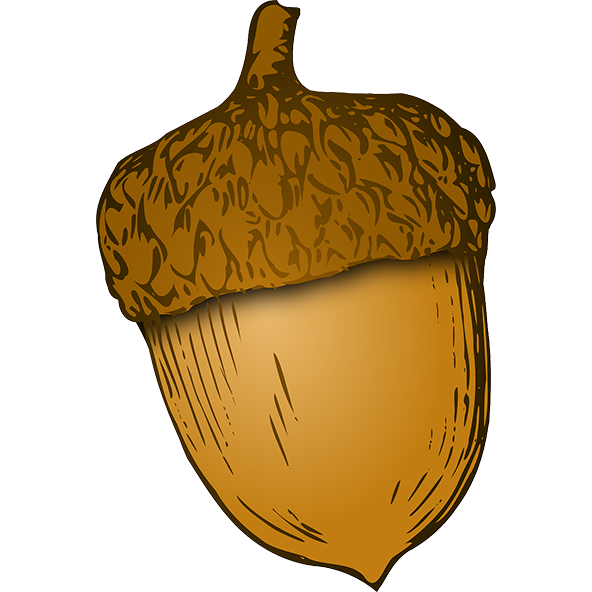Individuals

Madge Gill
An outsider, a visionary, totally insane: all of these words have been used, at some point, to describe artist Madge Gill.
Born in East London in 1882, Madge Gill, born Maud Ethel Eades, lived a troubled, yet interesting life. She was placed in an orphanage at the age of nine, and shortly afterwards was sent off to Ontario, Canada. Here, she worked as a domestic servant in different households, loathing each experience and always craving to go back to her native London.
In 1900, at the age of 18, she was able to pursue her dream and sailed back to London, where she began working as a nurse in Leytonstone. This return was not only important because Gill was able to get back home, but also because it allowed her to live with her Aunt Kate who became her guide and introduced her for the first time to the practices of Spiritualism and Mediumism, experiences that were to become pivotal in the creation of her art. In 1907 Gill married her cousin Tom Gill. The marriage gave birth to three children, of which only two survived childhood. Her second child died of influenza in 1918.
One year later Gill was, for the first time, possessed by the spirit she would name Myrninerest. It was this spirit who would, from that day forth, guide her in all of her artistic production, working as a guide and becoming her source of inspiration for everything she would produce from that day forth. Under the guidance of Myrninerest, Gill practiced a wide variety of disciplines, from piano playing, to knitting, to writing. However, it was her drawing that eventually would catch the public’s attention.
Always extremely autobiographical, Gill’s drawings found their means of existence in the troubled and dramatic life of the artist herself. Through a subtle balancing mixture between beauty and a gritty black and white expressionism, while constantly giving space to her traditional architectural fantasies and reoccurring geometric shapes, Gill’s work is able to evoke an uncanny feeling when looked at, and, at the same time, is also able to soothe the viewer with beautiful looking subjects.
During the 1930s, whilst continuing her artistic production, Gill gained the reputation as a medium in the Upton Park neighborhood, thus reinforcing her role of a spiritual guided artist. In the beginning of the 1940s, she showcased her work for the first time at the Whitechapel Gallery, where she would exhibit new pieced every year until 1947. Gill worked in quasi-anonymity all her life, possibly demonstrating that her production was not fueled by fame and glory but by the desire and need of expressing her art. If all of this was a result of a psychic force named Myrninterst guiding her, or it was only a way of coping and exorcising a very troubled life, we cannot say.
The only definite information we can state is that, to the present day, Gill’s work is still here, and it is a testament to whatever one desires it to be.


